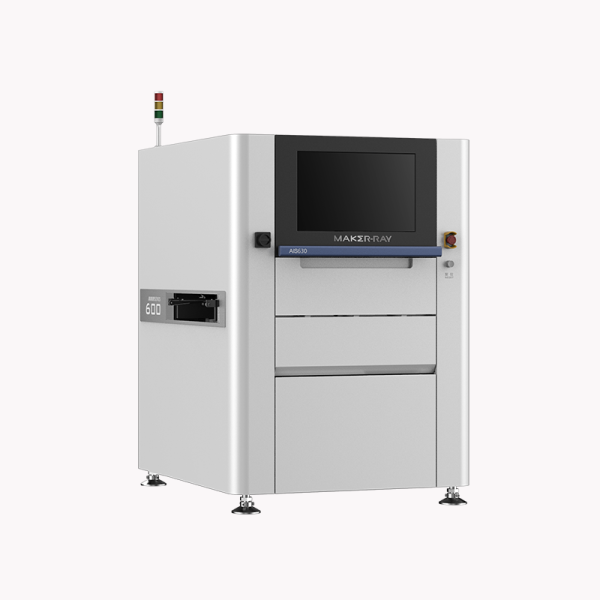More and more devices are becoming capable of detection in 3D. While this might seem like just a minor advancement in technology, if you look at it from a broader scale, the impact is huge. This article covers what 3D detection can do for you and how it can help with your everyday tasks.
What is 3D detection?
3D detection is a process that uses imaging technology to inspect parts or products in their natural or intended environment. This type of detection can help to ensure that parts meet the specified quality standards and are free from defects. 3D detection is often used in the manufacturing process to check the accuracy of parts before they are sent to the production line. It can also be used to check the fit of parts during assembly, as well as to identify potential defects.
How 3D detection works?
3D inspection is a process that allows for the inspection of parts and assemblies in three dimensions. This technology can be used to inspect objects for defects and for checking their fit.
There are many different types of 3D detection systems, but all of them work similarly. First, the system captures images of the object or part being inspected. Then, it uses these images to create a three-dimensional model of the object or part. Finally, the system uses this model to identify any defects or problems with the object or part.
3D detection is becoming increasingly popular due to its ability to detect defects that would otherwise be difficult or impossible to see. This technology can help to save time and money, as it can help to avoid costly repairs or replacements.
What 3D detection can offer?
3D detection has become an important part of the inspection process. These detections allow for a more detailed look at an object or area than traditional inspections can provide.
-Depth inspection: This inspection allows inspectors to see inside an object or area to determine the condition of the internal components.
-Structure inspection: This type of inspection is used to determine the stability and strength of an object or area.
-Visual inspection: This is the most common type of 3D inspection and it allows inspectors to see details that would be difficult or impossible to see with a 2D inspection.
Conclusion
3D detection is a very important technology that can bring many benefits to enterprises. If you are considering investing in 3D detection, be sure to choose MAKER-RAY.




